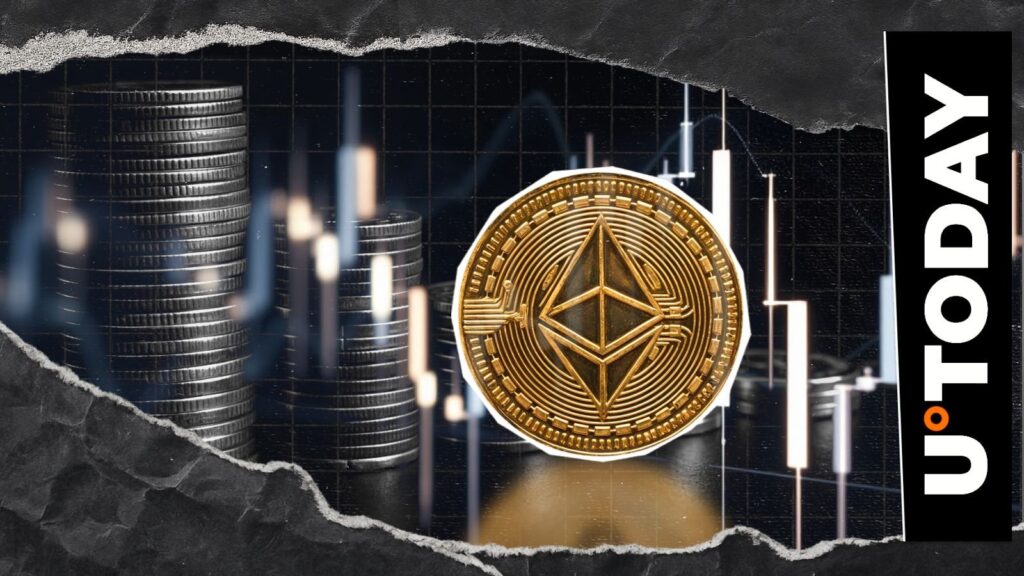With approximately $ 4,363, Ethereum (ETH) is quoted once again in a critical area. There are indications that Ethereum could be preparing for a higher leg, possibly towards the $ 5,000 mark in September, despite the fact that the price action has cooled from the explosive explosion of the July rally.
These three factors could lead the second largest cryptocurrency to make that movement:
-
Solid technical base: at $ 4,164, ETH has successfully defended the 50 -day EMA, so it is a dynamic support level. Despite the general uncertainty of the market, consolidation above $ 4,000 indicates that buyers are defending the base. The way to test the resistance of $ 4,600- $ 4,800 becomes very likely if ETH maintains this level. From there, a clean break would put $ 5,000 just in front of you.
ETH/USDT chart by tradingView - Market domination out of Bitcoin: the distance between Ethereum and Bitcoin has been growing in recent weeks. In spite of that, Ethereum was taking his profits, while Bitcoin has been difficult to recover the lost terrain.
- Favorable configuration for the macro and in the chain: with the increase in network activity and adoption, ETH continues to have a positive long -term structure. Ethereum can increase since its RSI of 52 indicates that it is not overloaded or oversight. ETH support levels are stacked at $ 4,164; $ 3,865 and $ 3,213, providing a series of shock absorbers against the low risk. This stability could encourage an impulse to $ 5,000 if it improves the feeling of the market.
But there are still difficulties. With investment flows in recent weeks, the institutional interest in Ethereum seems to be decreasing. It seems that institutional and retail players are reluctant to make great commitments, as evidenced by the constant decrease in commercial volumes. Ethereum’s rally could stop before reaching the milestone if this pattern persists.
The technical structure admits an execution towards $ 5,000, and Ethereum seems to be very close to a break. But Eth’s rise could be more difficult than bulls anticipate whether institutional flows do not recover again, and the volume decreases.

